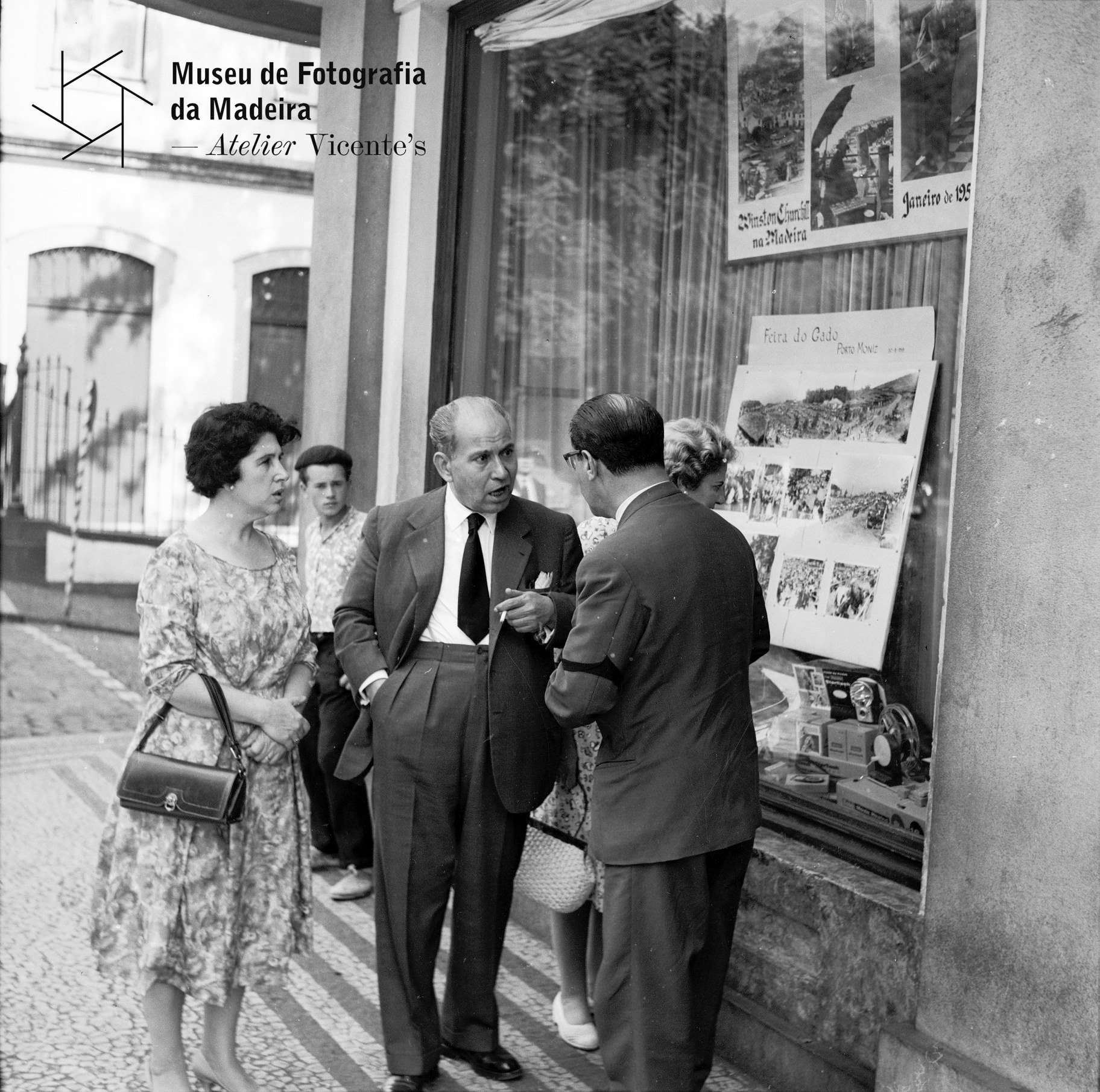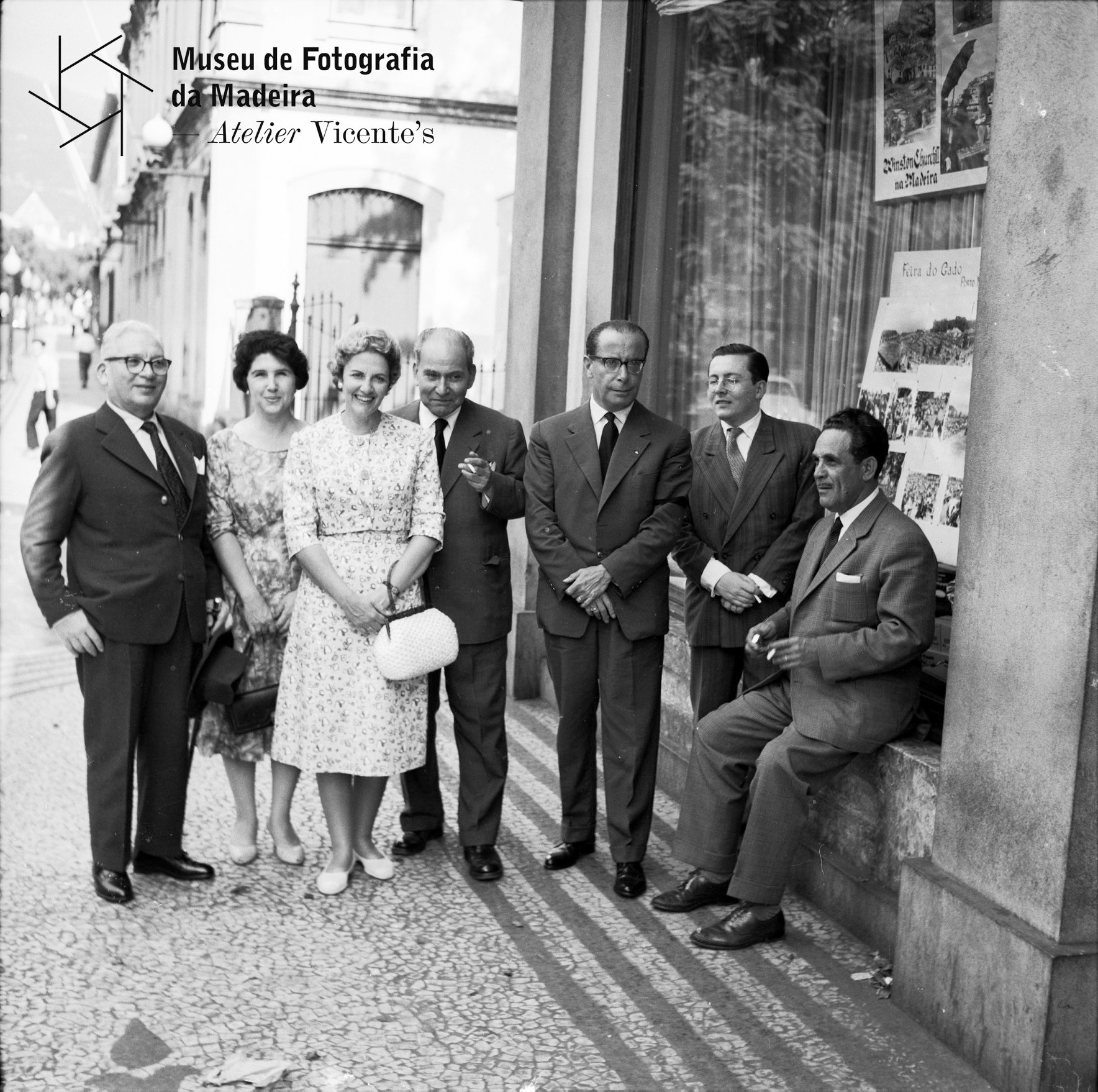José Maria Ferreira de Castro (b. Oliveira de Azeméis, 05/24-1898; d. Oporto, 06/29/1974), a notable Portuguese writer and journalist, who was proposed several times for the Nobel Prize. Among other awards, he received the International Golden Eagle Award at the Nice Book Festival.
He started writing at an early age, publishing his first novel “Criminoso por Ambição” at the age of 14, which he sold door-to-door, when he was emigrated in Brazil. In 1917 he founded the newspaper “Portugal” and embraces journalism, a profession that brings him some notoriety in Brazil, and some acceptance in Portugal, where he returns in 1919. He also founded the magazine “A hora” (1922) and the newspaper “O Luso” (1928). He was president of the “Sindicato dos Profissionais da Imprensa de Lisboa” (The Lisbon Professional Press Union), editor of the newspaper “O Século”, director of the newspaper “O Diabo”, and made contributions to the magazines “O domingo ilustrado”, “Renovação” and “Ilustração”, but ends up leaving journalism, in 1934, aggravated by the censorship of the “Estado Novo”, which he opposed.
With the novels “Emigrantes” and “A Selva” he attained international projection, with this title being translated into several languages and exceeding half a million copies sold. With the publication of “O Instinto Supremo” (1968), the Brazilian Writers Union proposed a joint candidacy of Ferreira de Castro and Jorge Amado for the Nobel Prize in Literature.
He was married to the writer, poet and journalist Maria Eugénia Haas da Costa (1892-1930), the “Diana do Liz” who also wrote under the pseudonym Mimi Haas. After her premature death, Ferreira de Castro falls into depression and attempts suicide. He recuperates in Madeira, where he writes the novel “Eternidade” (1933). He married again to the Spanish painter Elena Muriel Martinez de La Pera Ferreira de Castro (1913-2007).
Main works: “Emigrantes” (1928); “A Selva” (1930); “Eternidade” (1933); “Terra Fria” (1934); “Pequenos Mundos e Velhas Civilizações” (1937); “Tempestade” (1940); “A Volta ao Mundo”, (1940 and 1944); “A Lã e a Neve” (1947); “A Curva da Estrada” (1950); “A Missão” (1954); “As Maravilhas Artísticas do Mundo”, (Vol. I, 1959/ Vol. II 1963); “O Instinto Supremo” (1968).
[MG]
Credits: Madeira Photography Museum - Atelier Vicente's.
 PERESTRELLOS PHOTOGRAPHOS | 1959-11-07
PERESTRELLOS PHOTOGRAPHOS | 1959-11-07
6 x 6.8 cm | Simple film negative | Gelatin-silver print
PHOTO 1 - José Maria Ferreira de Castro in the center, chatting in front of the window of the now extinct photographic house "Perestrellos Photographos", in Avenida Arriaga, where there is a well-known shopping centre today.
PER / 1045.1
 PHOTO 2 - José Maria Ferreira de Castro and his wife Elena, the fourth and third respectively, from left to right, posing for a group photo, in front of the window of the extinct photo house "Perestrellos Photographos".
PHOTO 2 - José Maria Ferreira de Castro and his wife Elena, the fourth and third respectively, from left to right, posing for a group photo, in front of the window of the extinct photo house "Perestrellos Photographos".
PER / 1045.2

